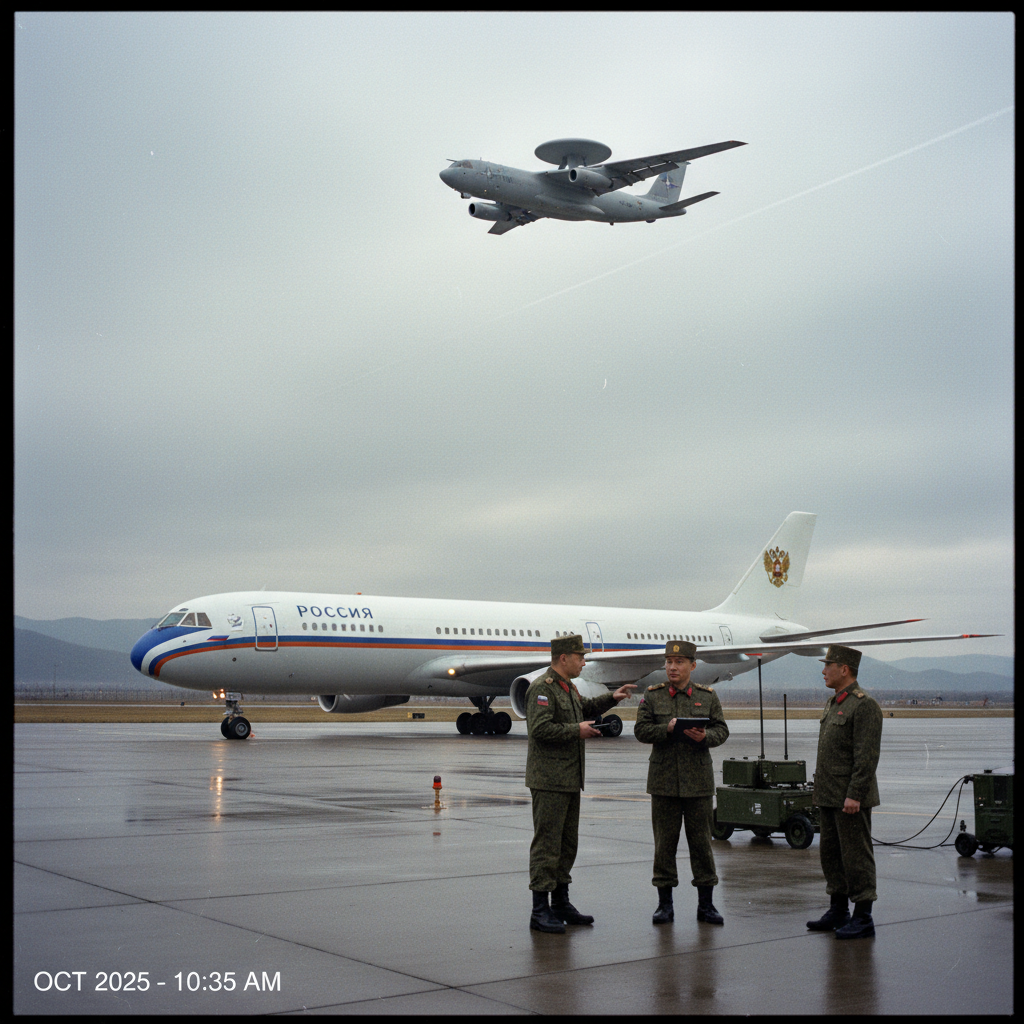Physical Address
304 North Cardinal St.
Dorchester Center, MA 02124
Physical Address
304 North Cardinal St.
Dorchester Center, MA 02124
Global aviation news tracker
Global aviation news tracker

NATO has stepped up air surveillance after a Russian government jet made a brief visit to North Korea.
The Russian government jet touched down in North Korea from October 2 to October 3, 2025, according to aviation tracking data. NATO air forces are reported to be increasing monitoring of Russian state aircraft movements near alliance borders after the flight, which came roughly a week before a major North Korean military parade.
The flight’s timing and destination have alarmed Western defense analysts concerned about possible military cooperation and implications for regional airspace security. While tracking records confirm the visit, public details about the aircraft type, operator codes, or any official passenger manifest have not been disclosed. That lack of confirmed specifics is one reason NATO and partner militaries are treating the movement as noteworthy.
Short flights between state aviation fleets and politically sensitive capitals often trigger routine intelligence and diplomatic checks. In this case, the combination of the visit date — October 2–3, 2025 — and the proximity to a high-profile parade in Pyongyang has prompted allied air surveillance to be more active along likely transit routes.
Analysts say the visit does not by itself confirm formal military transfers or new agreements, but it raises questions that NATO and regional partners will seek to answer through persistent monitoring. For now, the focus remains on movement patterns of state-operated aircraft and whether further flights or public disclosures follow.
Expect NATO to keep aircraft and radar assets vigilant near alliance airspace, and for aviation trackers and defense commentators to watch for any repeat visits. Any additional data — such as aircraft type or flight identifiers — would help clarify the visit’s purpose, but until then the event remains a flagged activity in a tense regional setting.